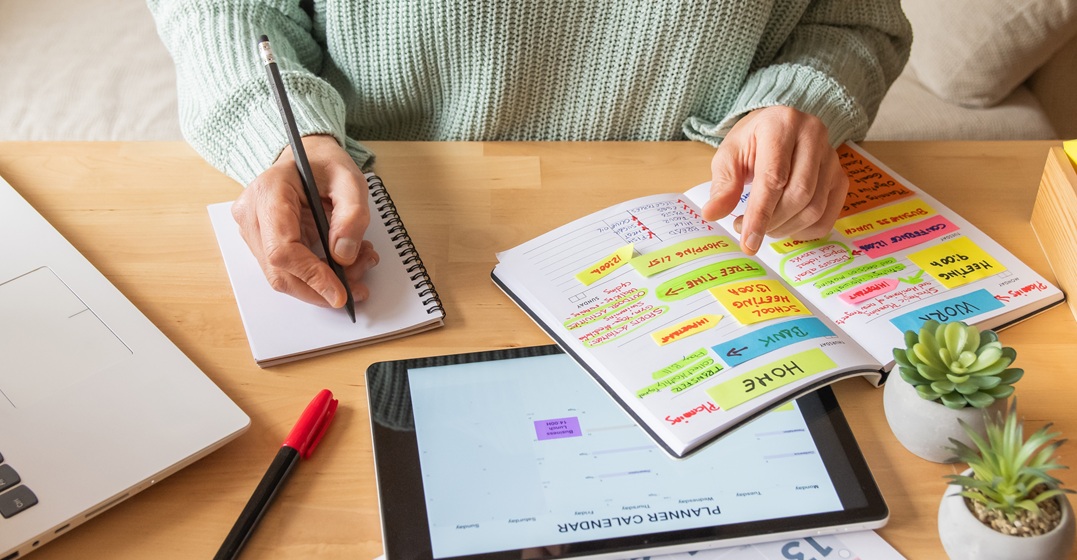How to Set up WiFi and Electricity in Germany

Have you recently moved into your new flat and are wondering what you need to do to set up utilities like WiFi and electricity? As an expat in Germany, Adriana definitely knows how confusing the process can be, especially when you’re new in Germany. So, she's outlined the steps to take here so make the process feel a little less daunting.













